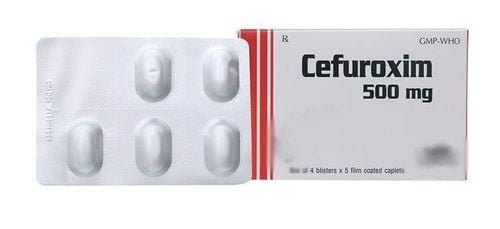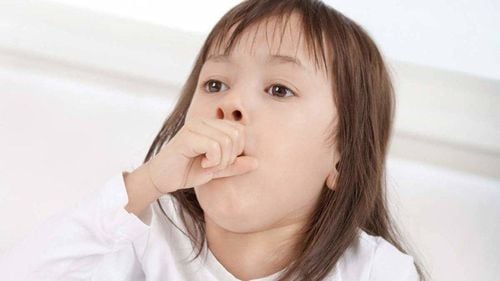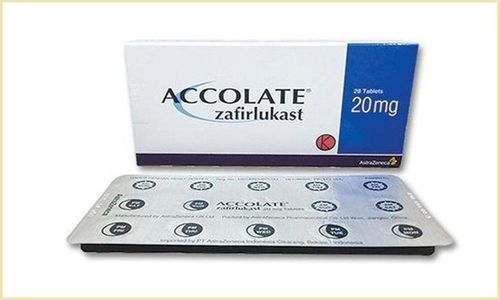This is an automatically translated article.
The article was professionally consulted with - Specialist I, Resident Doctor Dang Thi Ngoan - Pediatrician - Neonatologist - Department of Pediatrics - Neonatology - Vinmec Ha Long International General Hospital.Children with wheezing have difficulty breathing when an abnormal breathing sound occurs because the child has an obstruction of the lower airway (from the thoracic trachea to the small bronchi). In particular, the condition of wheezing and shortness of breath is common in children under 2-3 years old because the bronchi (bronchioles) are small in size and are prone to spasms, edema, secretions and blockages when inflamed. infected (30 - 40% of breastfed infants have this symptom).
1. How to recognize a child with wheezing?
Wheezing is an irregular breathing sound with a low timbre that is best heard when a child exhales, which can be heard by bringing your ear close to the child's mouth (sounds almost like snoring, "music"). When the child's wheezing condition worsens, it can be seen that the child's exhalation is prolonged and labored.However, in many cases it is difficult to hear a child wheezing with normal ears. At that time, the doctor can detect this symptom more easily by using a stethoscope (medically called snoring rales)
In fact, in infants it is necessary to distinguish wheezing sounds. With breathing noises due to nasal obstruction, the cause is that babies breathe mainly through the nose, while the size of the baby's nostrils is small and it is easy to get blocked when they have a cold or cough (making the baby appear snorted). At this time, you can clear the child's nose with 2-3 drops of saline nasal drops, then listen again. If the child has a blocked nose, the breathing sounds will then be quieter than before the nose is cleared.

2. Causes of wheezing in children
Because the child has a disease that causes obstruction of the lower airway (from the thoracic trachea to the small bronchi). Children with asthma (bronchial asthma), bronchiolitis , bronchitis, pneumonia. Bronchiolitis is common in infants under 6 months of age. For children over 18 months of age, the most common cause is asthma. There are also rare causes: foreign bodies in the airways, tuberculosis, pulmonary edema, some congenital malformations of the bronchi, bronchial compression (due to abnormal blood vessels, tumors, parabronchial lymph nodes). . In this case, children often show signs of persistent wheezing and difficulty breathing.Trắc nghiệm: các chỉ số cần chú ý về sự phát triển thể chất của trẻ
Chiều cao, cân nặng của bé ở từng giai đoạn nên là bao nhiêu là bình thường, bao nhiêu là bất thường? Cùng ThS.BS Ma Văn Thấm điểm lại xem bạn đã nắm được các chỉ số phát triển thể chất của bé chưa nhé!The following content is prepared under supervision of Thạc sĩ, Bác sĩ y khoa, Ma Văn Thấm , Nhi , Phòng khám Đa khoa Quốc tế Vinmec Dương Đông(Phú Quốc)
3. Is wheezing dangerous for children?
3.1. Wheezing with a whistling sound A blockage in the nose will make a child wheeze and have difficulty breathing muscles that sound like a whistling sound when breathing. A baby's nose often has small air vents, so even a little mucus or formula can cause the vents to narrow, blocking air from entering the airways and causing strange sounds such as whistles. When the flute is in, inhale and exhale. When you clear your baby's nose, this wheezing or whistling sound will disappear.3.2. Children with wheezing have a hoarse voice. A blockage in the larynx due to mucus often causes children with wheezing to make a hoarse sound when breathing. This is often a sign of croup – a disease that causes swelling of the larynx and trachea, narrowing the airways below the vocal cords, making breathing heavier.
3.3. Infant wheezing Infant wheezing is often a sign of lower airway obstruction or conditions such as bronchitis, pneumonia or asthma. In addition, cases of children with persistent wheezing may be caused by foreign bodies in the airways, birth defects in the bronchi or compressed bronchi.

4. What to do when the child has wheezing?
You can use physiological saline to drop the baby's nose and then clean the baby's nose. If a child has wheezing and difficulty breathing due to a stuffy nose, he or she will breathe easier, he will still play, feed, sleep and gain weight regularly. If a child under 3 months of age has wheezing, it is necessary to take the wheezing child to the hospital immediately because this is a serious symptom at this age. When a child has prolonged, persistent wheezing, difficulty breathing (over 4 weeks), it is necessary to take the child to a specialist hospital because in many cases it is necessary to do many in-depth tests to confirm the diagnosis (X-ray, ultrasonography). negative, spirometry, chest CT scan, respiratory endoscopy, ...) You should not self-medicate, including antibiotics, expectorants, anti-inflammatory drugs, ... to treat the disease. for children because it may not have a good effect, but it may even make the child wheeze, have more difficulty breathing, and make the disease worse. In addition, if your child has wheezing, difficulty breathing with fever, cough, and rapid breathing, you need to take him to the doctor. To avoid wheezing, parents should add some supportive foods containing lysine, essential micro-minerals and vitamins such as zinc, chromium, selenium, B vitamins,... fully meet the nutritional needs while supporting the immune system, enhancing resistance, reducing the risk of upper respiratory tract infections, bronchitis, flu,...Lysine is essential For the development of children, Lysine promotes the production of digestive enzymes to stimulate children to eat better and digest easily and effectively, increase food metabolism, and absorb maximum nutrients from food. Increasing Lysine for babies helps the body create antibodies, develop resistance to help reduce cough and thin phlegm in children.
Parents can learn more:
Why do you need to supplement Lysine for your baby?
Please regularly visit Vinmec.com website and update useful information to take care of your baby and family.
Please dial HOTLINE for more information or register for an appointment HERE. Download MyVinmec app to make appointments faster and to manage your bookings easily.















